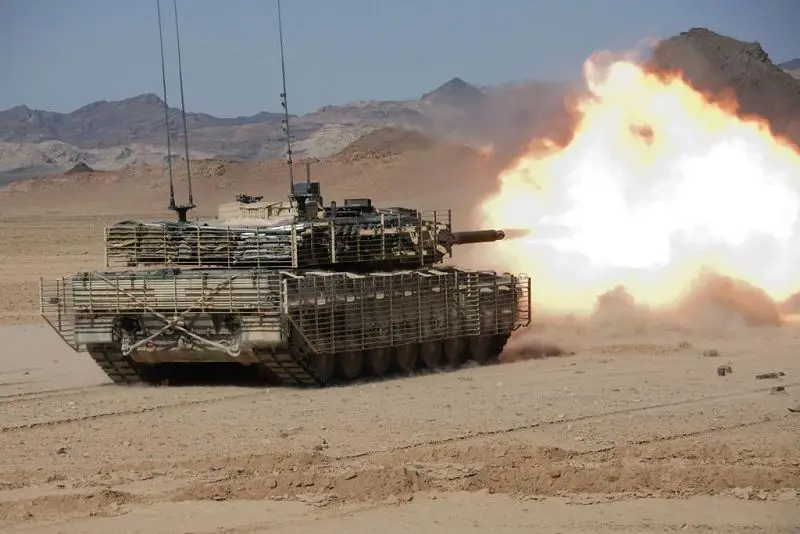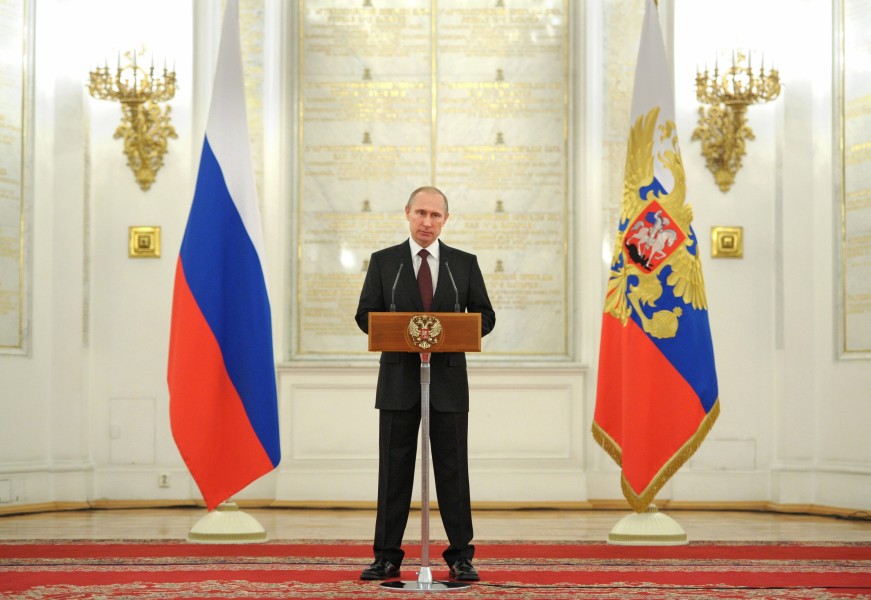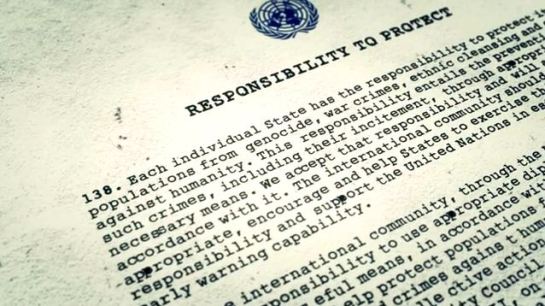
One of the greatest difficulties military planners face alongside allocating finite resources is engaging in medium-long term force structure planning. The past twenty-three years stand testament to the vicissitudes faced by defence planners. As such, then as now, governments and military planners must make difficult choices and assume risk by hedging. Throughout the Cold War the Canadian Forces maintained a sizable tank force in preparation for a possible conflict with the Soviet Union. The removal of that threat in the post-Cold War period witnessed a downsizing in the tank component but circumstances in Afghanistan brought tanks back into vogue. With a bleak financial outlook and the conclusion of operations in Afghanistan it would be most prudent to transfer some or all of the active/regular forces’ tank squadrons to the reserve component.
Two of the Royal Canadian Armoured Corps three active regiments maintain tank squadrons equipped with German Leopard 2 tanks. Prior to Canada’s increased involvement in Afghanistan, all tanks in the Forces’ inventory were part of Lord Strathcona’s Horse’s (Royal Canadians) [CFB Edmonton, AB] two squadrons. In 2006, it was decided that the Royal Canadian Dragoons [CFB Petawawa, ON] would form a new tank squadron. Currently, Lord Strathcona’s Horse has two tank squadrons and the Royal Canadian Dragoons [CFB Petawawa, ON] has one. Each squadron is composed of four platoons of four tanks and a headquarters section that contains three tanks. Each squadron is also supported by a number of Leopard 2 and Leopard 1 based armoured recovery, armoured engineering, and armoured bridge laying vehicles. As such, each squadron is very cumbersome to deploy, with each Leopard 2 based vehicle weighing over sixty tons.
With the conclusion of operations in Afghanistan and given the fiscal environment the Canadian Forces are in, it appears imprudent and costly to maintain and operate a tank force of this size, at least all at the higher state of readiness found in the active component. There are a number of possible solutions to rectify this situation. The Forces could retire and mothball their tanks, placing them in storage or selling them. That decision would be imprudent given the vast amount of capital invested in procuring the Leopard 2s and reorganizing units for them. A second option is reducing the size of the tank force but below a certain size the economic and military utility of maintaining a tank force becomes questionable. A third possibility is transferring some or all of the tanks to the reserve component, thereby reducing expenditures by accepting some risk in the form of readiness. By allocating some of the Royal Canadian Armoured Corps’ tanks to reserve units, Canada will have tank units at high and low states of readiness – exactly what is required given the current threat environment.
Given the remote possibility of Canadian involvement in conventional military operations requiring the use of large numbers of tanks, reduced readiness for part of all of the Royal Canadian Armoured Corps’ tank force is a sensible proposition. Even if Ottawa decides that it needs to deploy tanks, it is highly unlikely that it will deploy more than a squadron, leaving two of the current squadrons back in Canada. Moreover, deploying even one squadron will be severely taxing on Canada’s small C-17 fleet, requiring over twenty flights just for the tanks and tank-based support vehicles. Such considerations do not include the infantry-carrying armoured vehicles accompanying the tanks, be it one of the current vehicles in inventory or the heavy new vehicles proposed in the recently cancelled Close Combat Vehicle program. As such, even in its current form Canada’s tank forces are not in any practicable high state of readiness.
There are at least two possible approaches to allocate tank forces to the reserve component. The first would be to transfer tanks from the active component to the reserve component. The second would be to transform the existing active component tank squadrons to mixed active/reserve tank squadrons, with one of more tank platoons being manned by reserve forces. There are pros and cons for each approach and any decision should be informed by tactical analysis and financial analysis. Regardless, by undertaking such measures, the Forces will be provided an opportunity to reconsider how it deploys it armoured forces. The Forces can consider moving away from the four-tank per platoon structure to the three-tank per platoon structure. The Forces can also reconsider the number of platoons per squadron, ideally to a minimum of three platoons but possibly even less. The Forces can also reconsider how many tanks it allocates to the command section of the squadron. These decisions will have a decisive impact on the Forces’ determination of how many, if any, infantry fighting vehicles it requires. Given that the Close Combat Vehicle program has now been canceled, it is timely to (re)consider the underlying assumptions behind that procurement.
In sum, changed operational requirements and the challenging near-mid term fiscal environment necessitate a reconsideration of how the Canadian Forces maintains its armoured forces. By allocating some of the tank fleet to the reserve component, at the cost of reduced readiness for part of the tank force, the Forces can reduce expenditures while creating an armoured force that meets Canada’s current and medium-term future needs.




